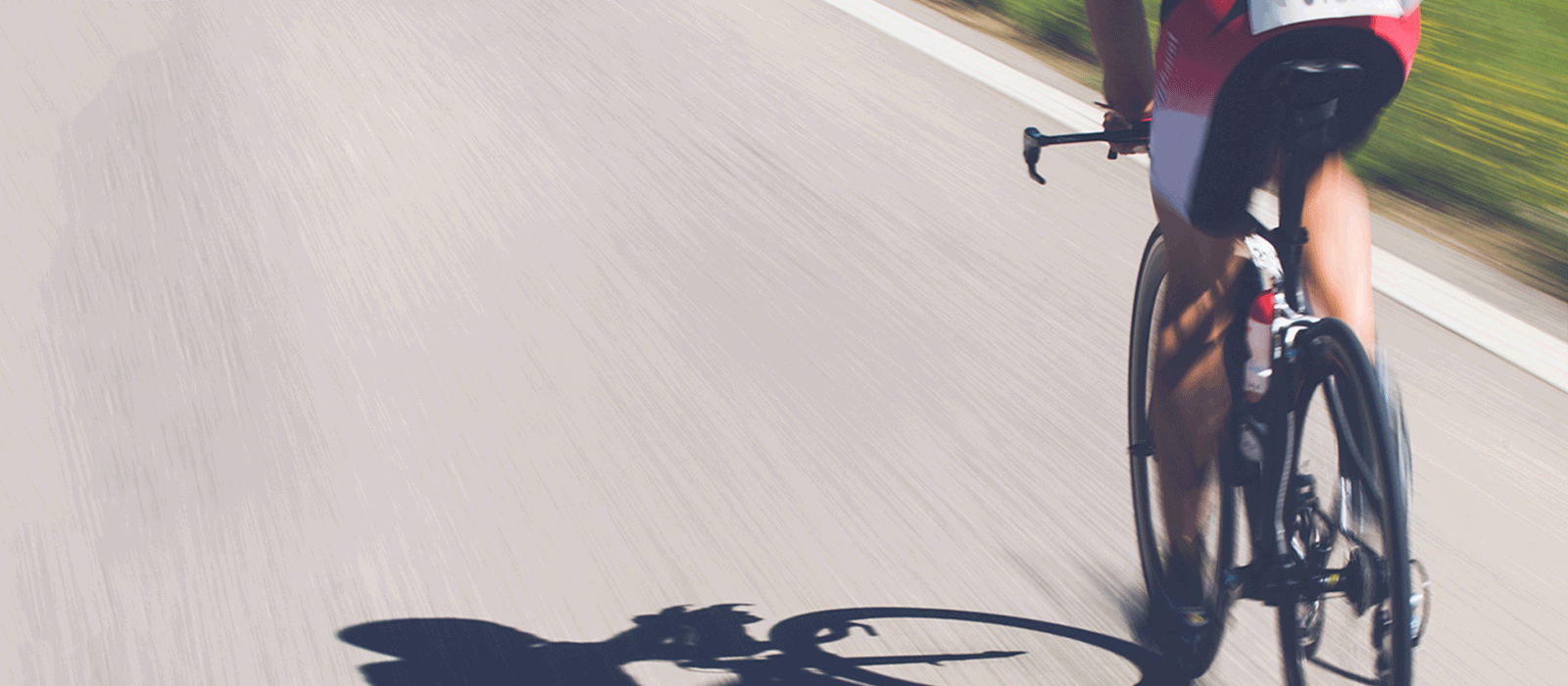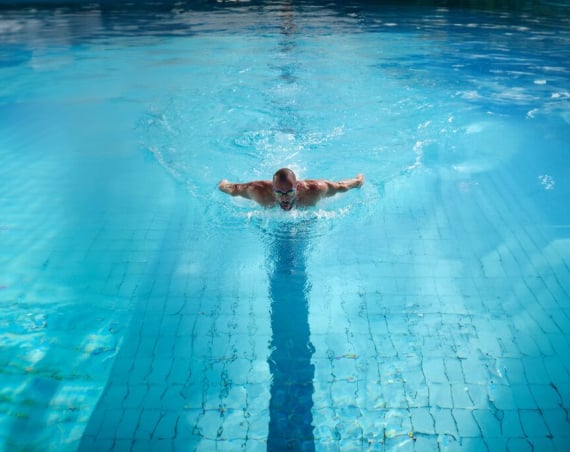You’ve put all the hard work in training and your triathlon race day is finally here! Preparing for the race is really important to make sure the day is as easy and relaxed as possible, allowing you to focus on the challenge ahead of you. We’ve come up with some tips to help you prepare for the day, as well as some advice on completing the best race possible.
Preparing for the triathlon

Start fueling the day before
To make sure you have a good race, you need to ensure you start fuelling your body correctly up to 24 hours before. This doesn’t just mean eating lots of carbs, as many people think, but paying special attention to what you’re putting in your body.
While you should definitely be eating carbs to top up glycogen stores, also try to include protein in all of your meals – fish, chicken, beans, beef, and tempeh are all good sources. Another good tip is to avoid eating too much fibre as it may cause bloating or stomach cramps.
Pack your kit
Mentally take yourself through the day and visualise all the kit you’ll need. Pack it the day before to avoid any last-minute stress on the day. Make sure to include all the first aid you might need, drinks, gels, and food. Stick to the foods that you have tried and tested during training. And, be sure to wear kit that you’ve practiced each stage in
Advice for the day

Eat breakfast well ahead of time
Eating on the morning of your race is really important – your circulating blood sugar is low after sleeping so it’s important to fuel your body for the day ahead. Around two or three hours before the start time try to eat a meal made up of roughly 50% carbs, 25-30% percent protein, and 20% fat.
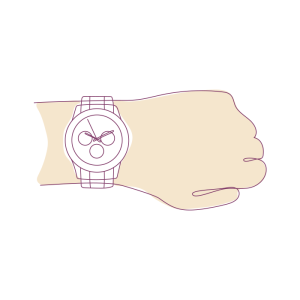
Get to the venue early
Give yourself plenty of time to prepare at the race site – allowing time to set up your transition areas, get dressed, warm up and relax before setting off.
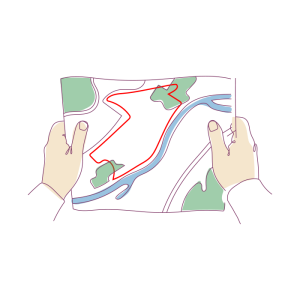
Map out the transition area
Walk yourself through the transition area, noting where the entrance from the swim is located in relation to where your bike is. You may find it helpful to find a noticeable immovable object that will help you locate your bike and remember where it is. Also think about where the bike out and bike in are; and finally, where the run out is. By setting up all your equipment now, making sure it’s all easily accessible and only the essentials are there, you’ll remain calm in the race.
Finally, walk through the motions so you have it fresh in your mind and won’t find yourself panicking later on.
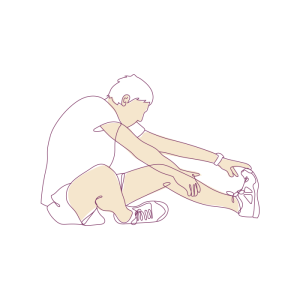
Suit up and warm up
Get into your gear and make sure you have everything you need. Then get your heart rate up with a dynamic workout for around 10 to 20 minutes before the race.
Swimming tips

If it’s an outdoor swim, take a look at the swim course before you set off. Take notice of any of the key turns and match them with something on the shore if you can – this will help you stay on course in the water.
Once you start the swim, try to take slow, deep breaths and settle into this stage. Every few strokes, lift your eyes to see if you’re going in the right direction. If that’s too challenging, you can just switch to breaststroke to check without stopping. If you can, try to avoid stopping at any stage as you’ll waste energy treading water and then trying to gain momentum again.
Try and stay behind someone who is swimming at the same pace as you to give you a pacer and keep you steady.
As you get out of the water unzip your wetsuit, and pull it down to your waist.
For expert advice on how to improve your swimming technique, speak to one of our coaches at your local David Lloyd Club.
Find out more about swimming at David Lloyd Clubs here.
Transition One (T1):
As soon as you’re in the first transition area, take off the rest of your wetsuit, your goggles, and your cap. Dry your feet, put on your shoes, buckle your helmet and get down to your bike. Now is the time to refuel, so grab something to eat and drink. Run your bike to the cycling route, and off you go!
Cycling tips

Your bike should be in an easy gear when you head out of T1 so you can start your ride slowly and ease up to your comfortable gear.
Try not to get too carried away and head off too fast – going at a steady pace that you’ve practiced is key to finishing this stage, and the race, strongly. Try and keep count of your rotations to make sure you’re staying on track: count how many times your right foot passes through the bottom of the pedal stroke. It should be between 22 and 24 times for every 15 seconds.
If you have a flat stretch of road, take advantage of the opportunity to stretch your hip flexors by standing up and leaning slightly forward with your hips. A flat section on the bike is also a great time to refuel, so take advantage of the opportunity.
Tip: Be aware that drafting is not normally allowed in triathlons (riding behind another cyclist, using them as a wind-break). So make sure to stay well behind other cyclists in front of you except when you’re overtaking.
Transition Two (T2):
After the bike ride, dismount, and run your bike to your transition area. Rack it, take off your helmet, change shoes, and head off on your run.
Running tips

By this point you have exerted a lot of energy, so start at a steady pace. With tired legs, many triathletes say this is where your arms come in. Freshly rested from your bike ride, use their swing to keep you going. At this stage, your mental strength is of more importance so focus on any mantras or techniques you’ve prepared to get you through. Focus on your steady pace, as well as how far you’ve come and how close you are to finishing. Before you know it, you’ll have crossed the line and be collecting your medal!
We hope that these tips help, and that you have a successful and enjoyable race. Well done on an incredible achievement: not many people have the determination and courage it takes to see through such a demanding challenge, and competitors should be extremely proud of themselves. Congratulations to all, and we wish you good luck!
